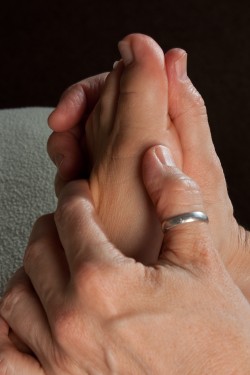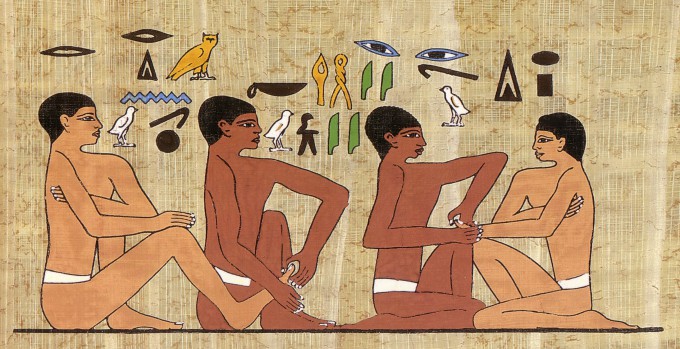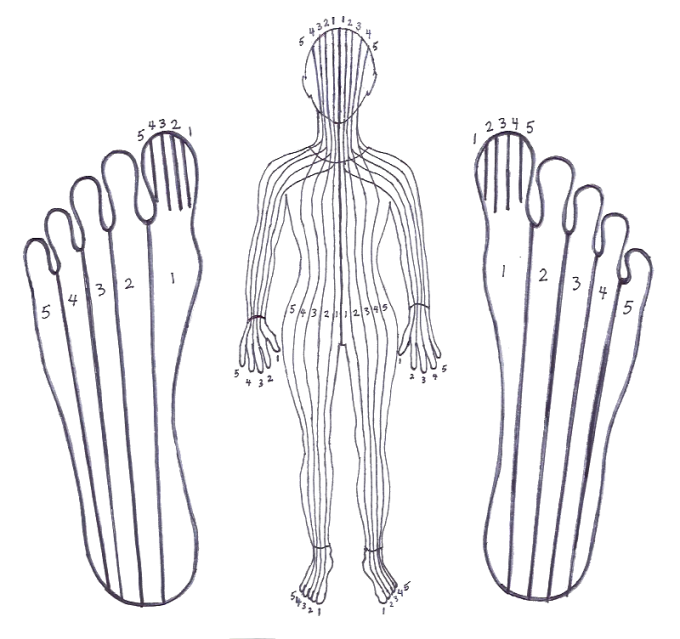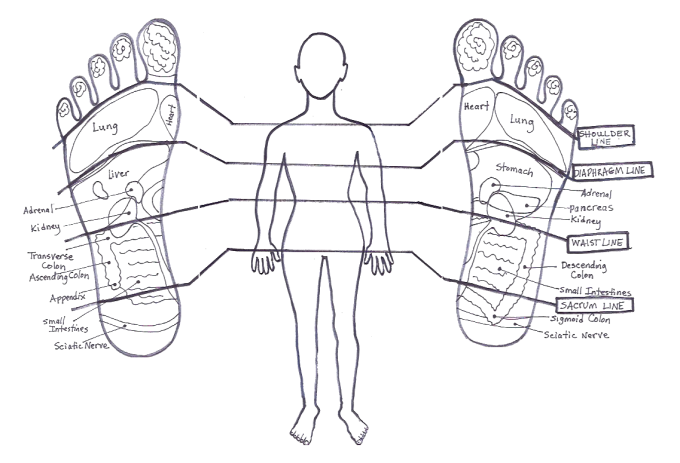Reflexology: the art and science
Reflexologists believe the entire body is mirrored on the hands and feet. Reflexology is a scientific art based upon the idea that there are places called reflexes on the feet and hands that correspond to the entire body. The practice of applying pressure to the feet or hands creates stress relief in the body that allows for beneficial physiological change.
 Most people are pleasantly surprised at how “heavenly” sessions feel, and often say it is more relaxing than full-body massage. The benefits are soothing for healthy people as well as for the very ill.
Most people are pleasantly surprised at how “heavenly” sessions feel, and often say it is more relaxing than full-body massage. The benefits are soothing for healthy people as well as for the very ill.
Reflexology Supports Cellular Cleansing
Clients of reflexology experience improved circulation as metabolic waste crystals are broken up and removed from the muscles and other soft tissues of the feet. Wastes removed from the body via the blood stream supports improved general health and increased immunity.
Science tells us: Reflexology Supports a Soothed Nervous System. Soothing Your Feet Calms Your Brain!
In 1995, researcher Mary M. Tushscherer reported to the International Council of Reflexologists, “…the feet & hands take up more space in the brain than any other part of the body.”
This science supports the belief that the deep relaxing benefits of reflexology occur because touching your feet soothes a very large area of your brain. A soothed brain is a calm nervous system able to initiate a cascade of repairing, healing messages throughout your body.
These soothing messages affect all of our body systems. Think for a moment of all the systems functioning in your body right now. There are your digestive, hormonal, urinary, reproductive, nervous, circulatory, skeletal, muscular, lymphatic, integumentary (skin), and respiratory systems all needing nutrition, exercise and rest. Each system reacts to stress and relaxation in specific ways.
Stress will often speed up our respiratory and endocrine glands and slow down our digestion. Reflexology helps our bodies achieve ‘homeostasis’ or balance between all body systems, restoring proper digestion, hormonal balance and normalized respiration.
Short History of Reflexology
Reflexology has been soothing the soles of souls for centuries. The earliest known evidence of a practice resembling reflexology can be seen in this contemporary rendering of a painting from the physician’s tomb of Ankhmahor, a high official in Saqqara, Egypt, who practiced circa 2330 B.C.
From antiquity to our present day there is evidence of health practitioners exploring the therapeutic benefits of hand and foot massage, and of the reflexes aligning with the practice of acupuncture.
Modern reflexology began in the early 20th century when Dr. William Fitzgerald pioneered a practice he named Zone Therapy. In this therapy he described and mapped 10 longitudinal zones throughout the body. It was his observation that working any reflex within a zone would benefit all corresponding body parts within that zone.
In the 1930’s Eunice D. Ingham practiced and studied Dr. Fitzgerald’s Zone Therapy. As she worked on many clients, tracking their ailments and progress she expanded upon Dr. Fitzgerald’s longitudinal mapping. By adding horizontal delineations she created reflex locations for all organs, muscles and bones as illustrated below. Her mapping is the chart most reflexologists currently use. Her book Stories the Feet Can Tell Thru Reflexology – Stories the Feet Have Told Thru Reflexology describes her thoughts, observations and discoveries gathered from her detailed case studies.


